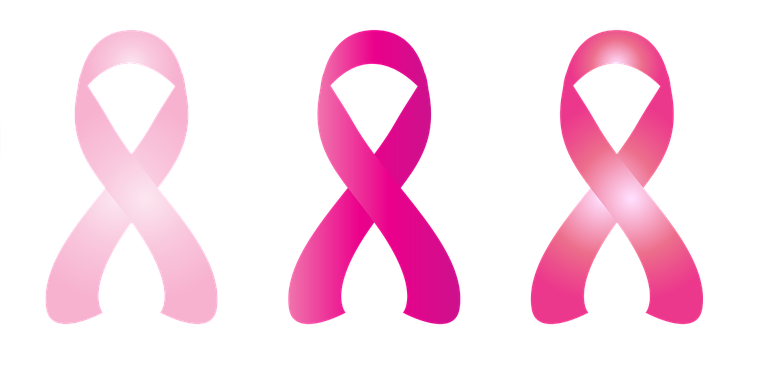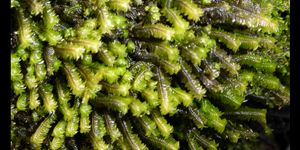Triple Negative Breast Cancer: Treatment Using Innovative Drug Technology

Researchers at Purdue University have created innovative drug technology that may seek to treat one of the most aggressive forms of breast cancer: triple negative breast cancer.
In the United States, triple negative breast cancer (TNBC) occurs in about 10-20% of diagnosed breast cancers. It is also more likely to affect younger people, African Americans, Hispanics, and/or those with a BRCA1 gene mutation.
Currently, the only treatment option for TNBC is chemotherapy. However, chemotherapy is not effective to the degree that it targets cancer cells. Additionally, chemotherapy causes unpleasant side-effects that are often debilitating. Therefore, the need for an innovative targeted therapy that will treat TNBC without adverse effects is stronger than ever.
“TNBC is a very aggressive type of breast cancer with a short survival rate due to lack of available therapeutic drugs used for treatment that will cause minimal side effects,” explains research team leader Meden Isaac-Lam and an associate professor in the Department of Chemistry and Physics at Purdue University Northwest. “There are no known recognized molecular targets for TNBC, making the design of highly specific drugs extremely challenging.”
The Isaac-Lam research team produced drug candidates that are strong at lower concentrations than traditional chemotherapy. This technology utilizes molecules that can be selectively activated by light and absorbed by cancer cells. The therapy is believed to decrease the dosage needed to administer the drug, ultimately reducing side effects and effective in treating TNBC.
“Our proposed solution is to design drugs that target vitamin receptors produced excessively in cancer cells, which compete with normal cells for the vitamins necessary for cellular growth and proliferation,” Isaac-Lam said. “Attaching vitamins on compounds that are light-activated and that are known to be taken up by tumor cells will provide a means of selectively accumulating these synthetic drug-vitamin conjugates in cancer cells more than in healthy cells.”
The technology works by injecting the selected compound into the patient where it accumulates into the cancer cells. These cancer cells are then killed when activated by light.
“This will be an alternative solution to the available therapies that are not selective to the tumor cells causing detrimental effects to the patient’s healthy cells,” Isaac-Lam said. “The technology can be an effective treatment for breast cancer patients who are not responding to the standard conventional therapy.”
Fortunately, these drug candidates that were screened for TNBT may be effective in treatments for other forms of breast cancer.
Sources: Purdue University








